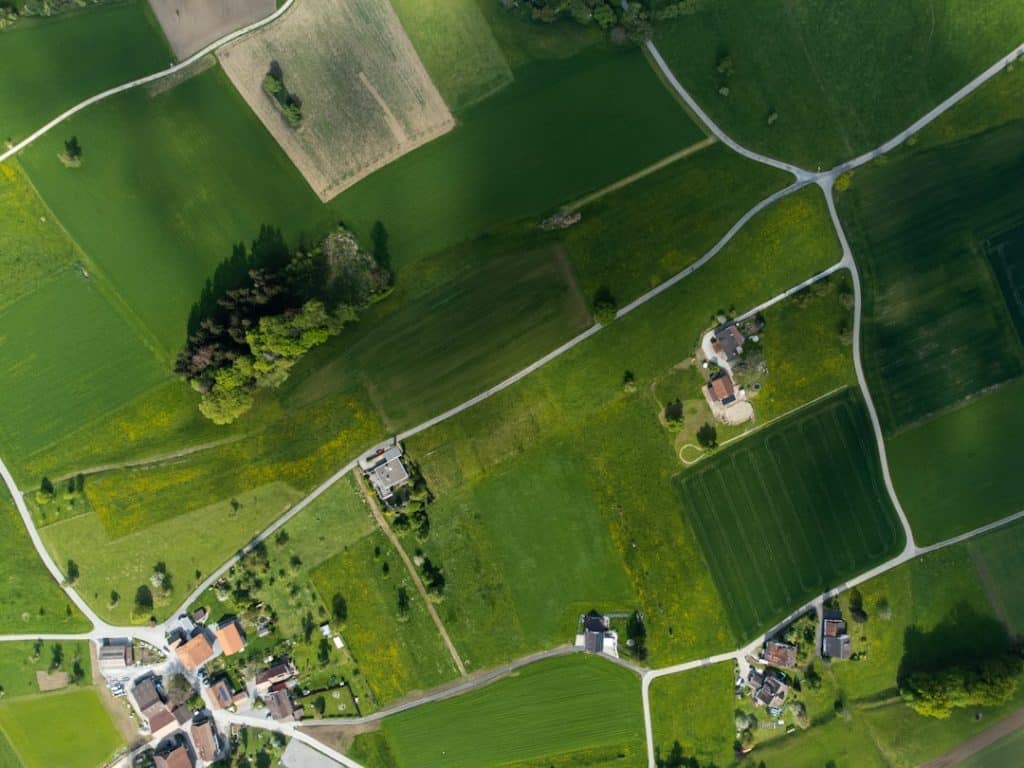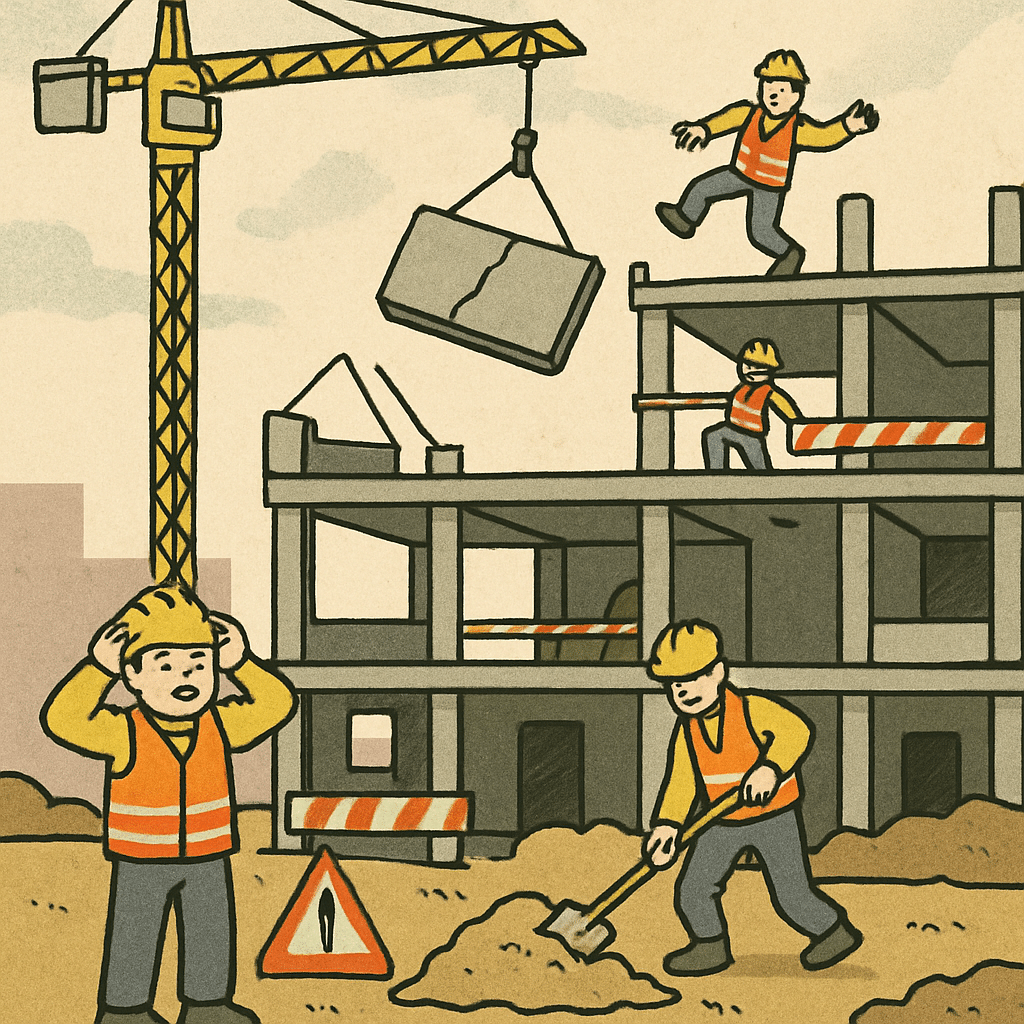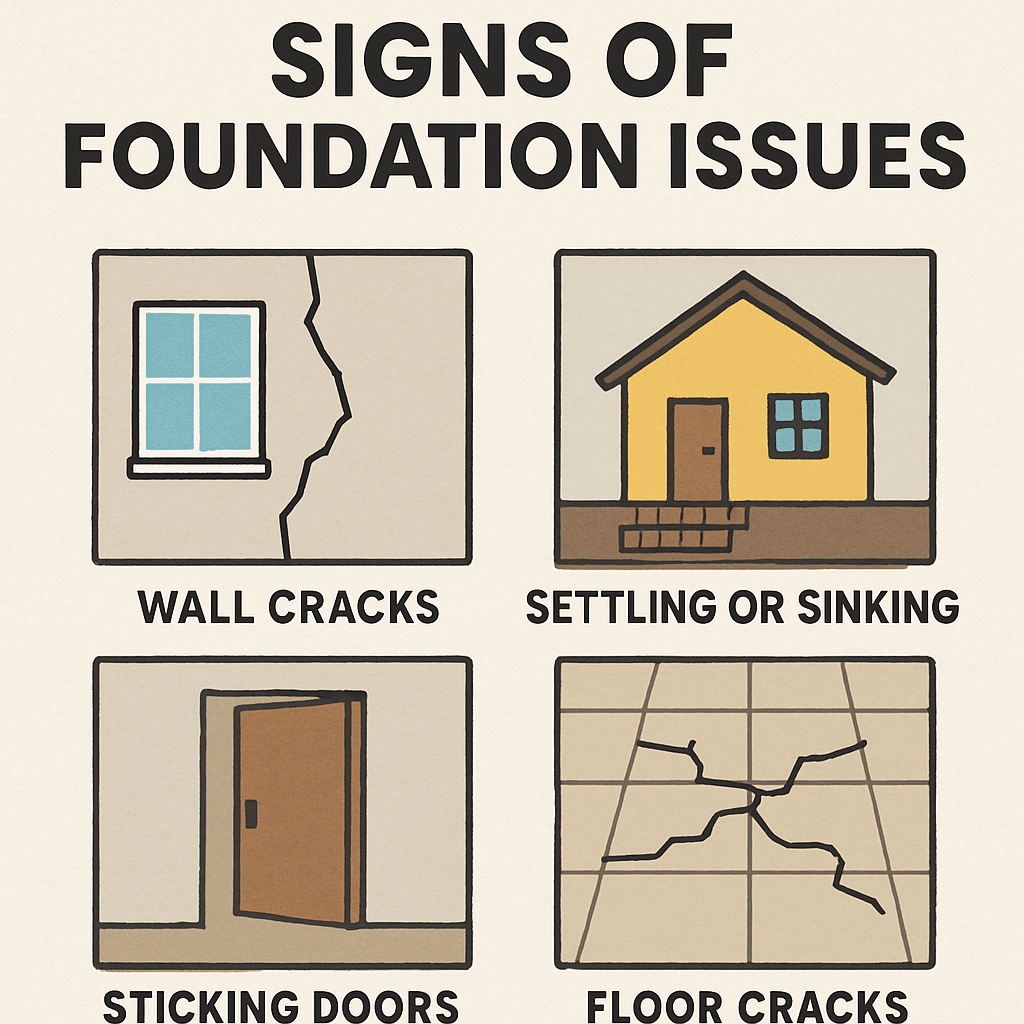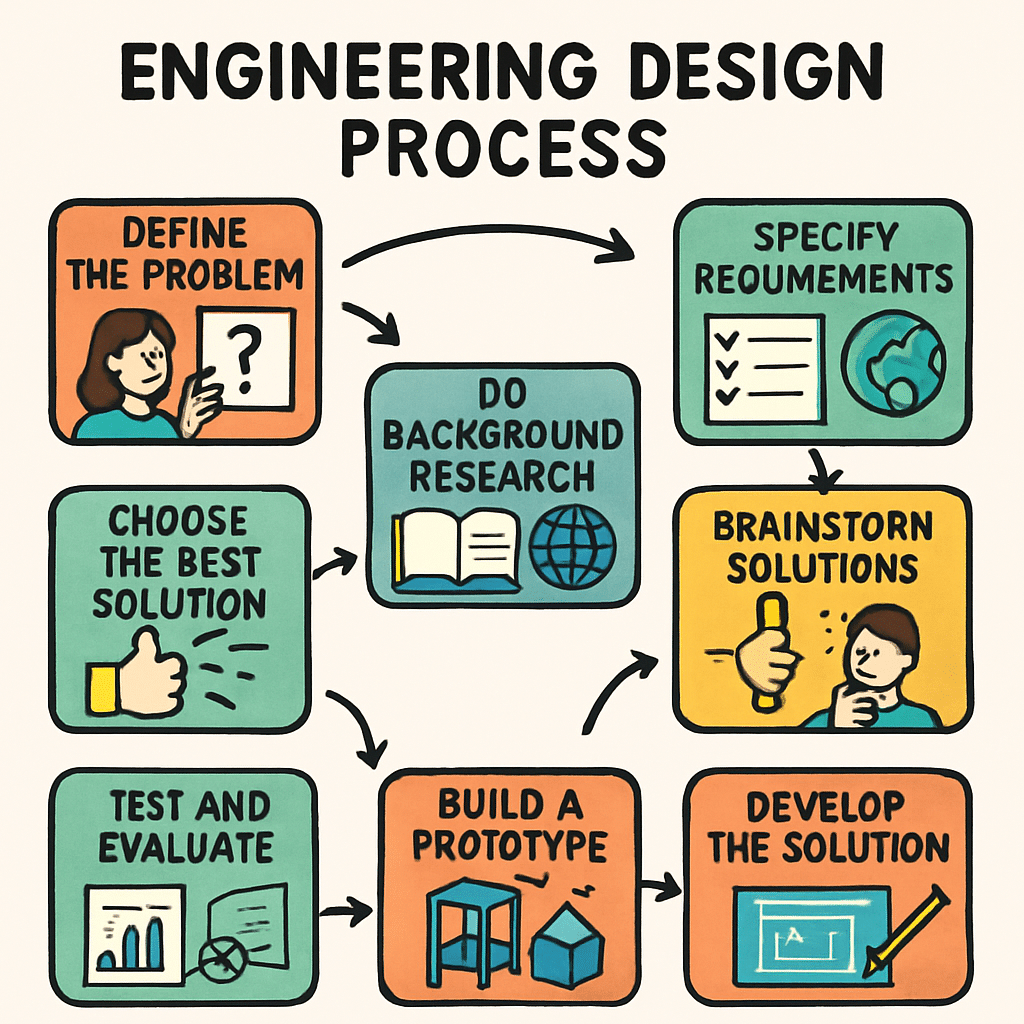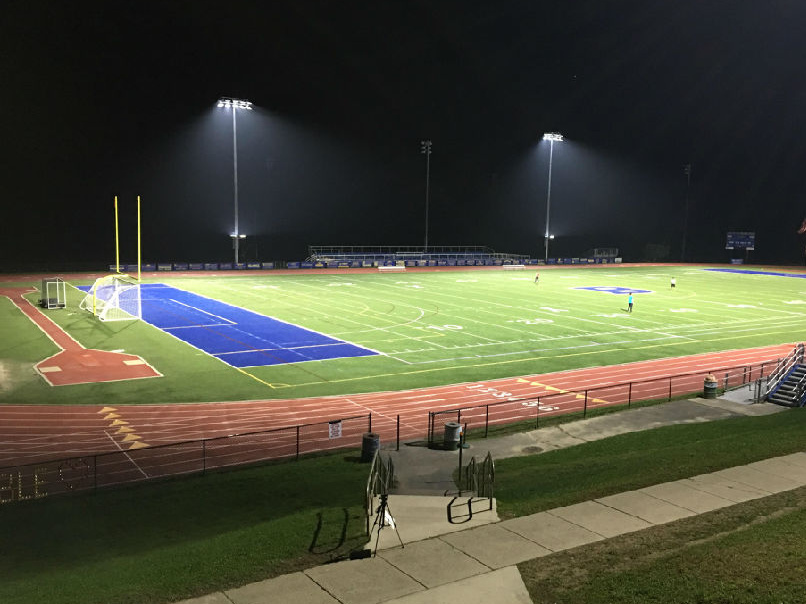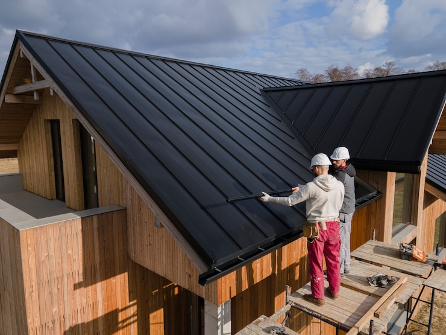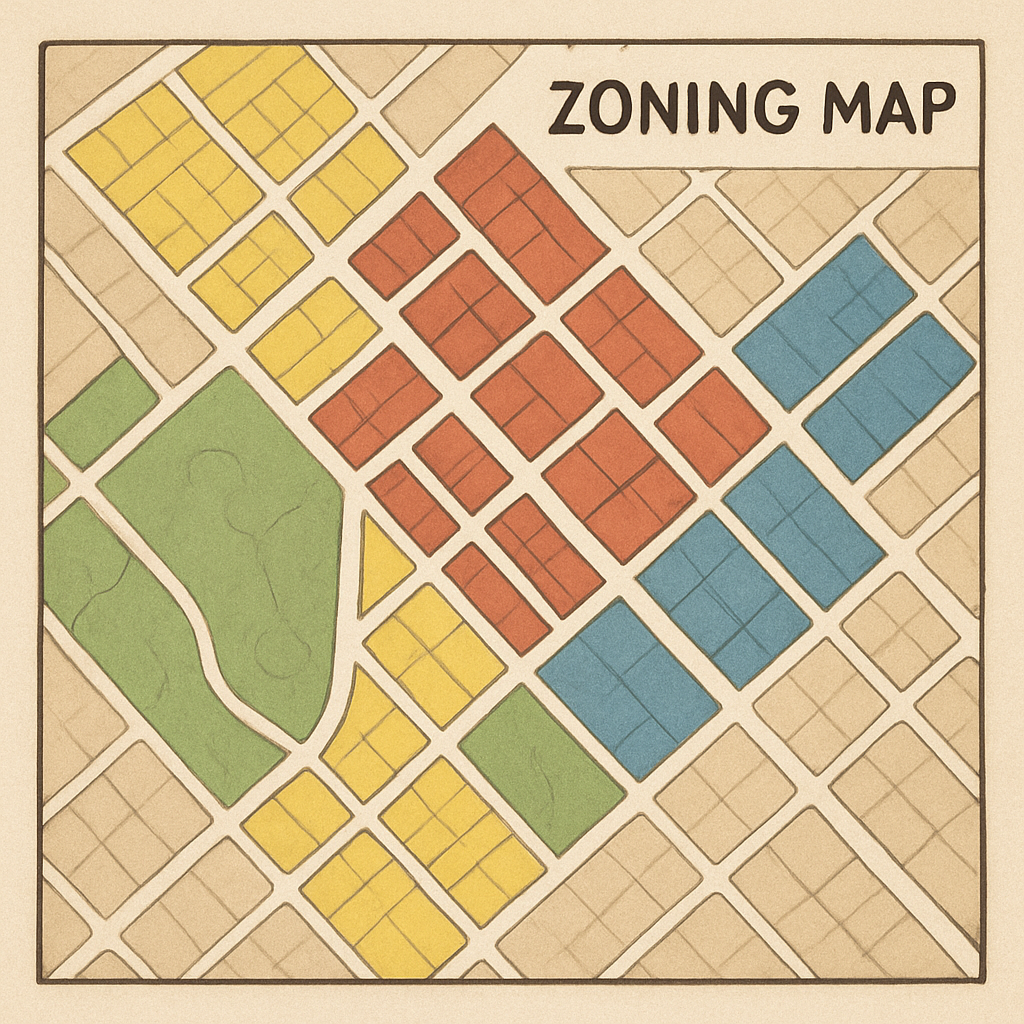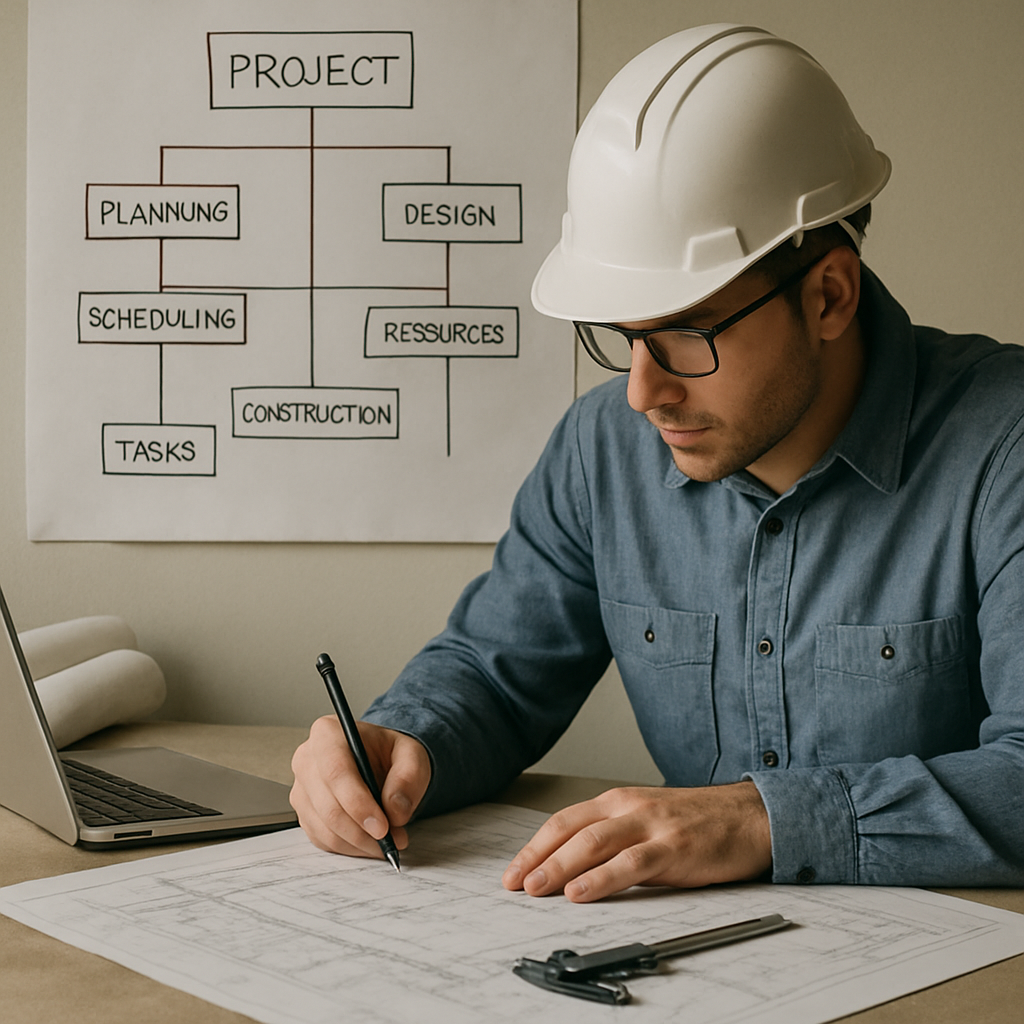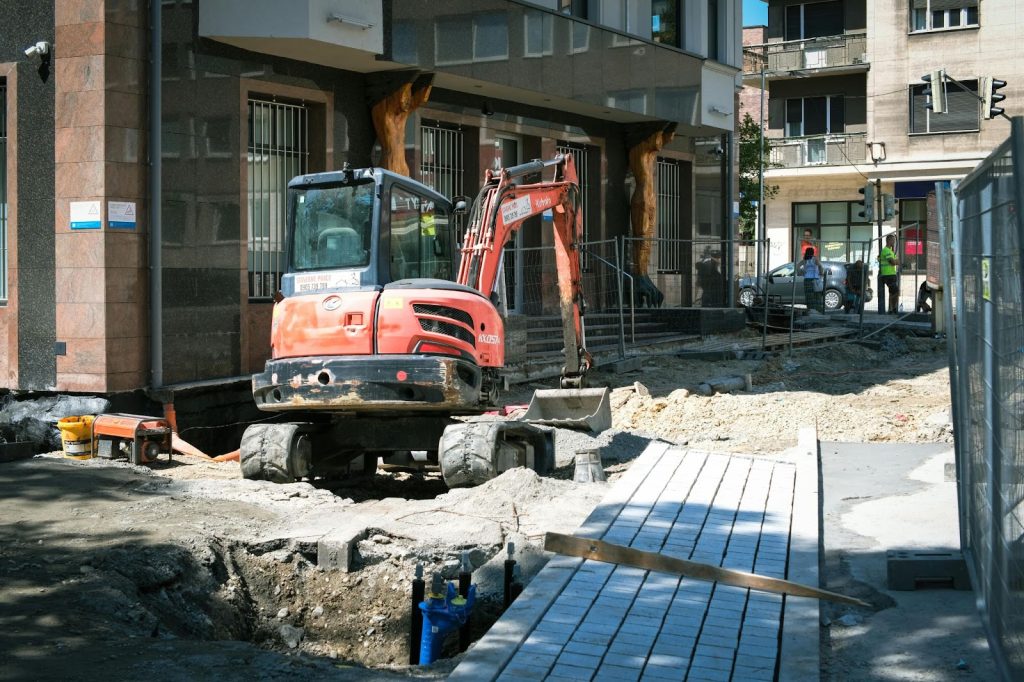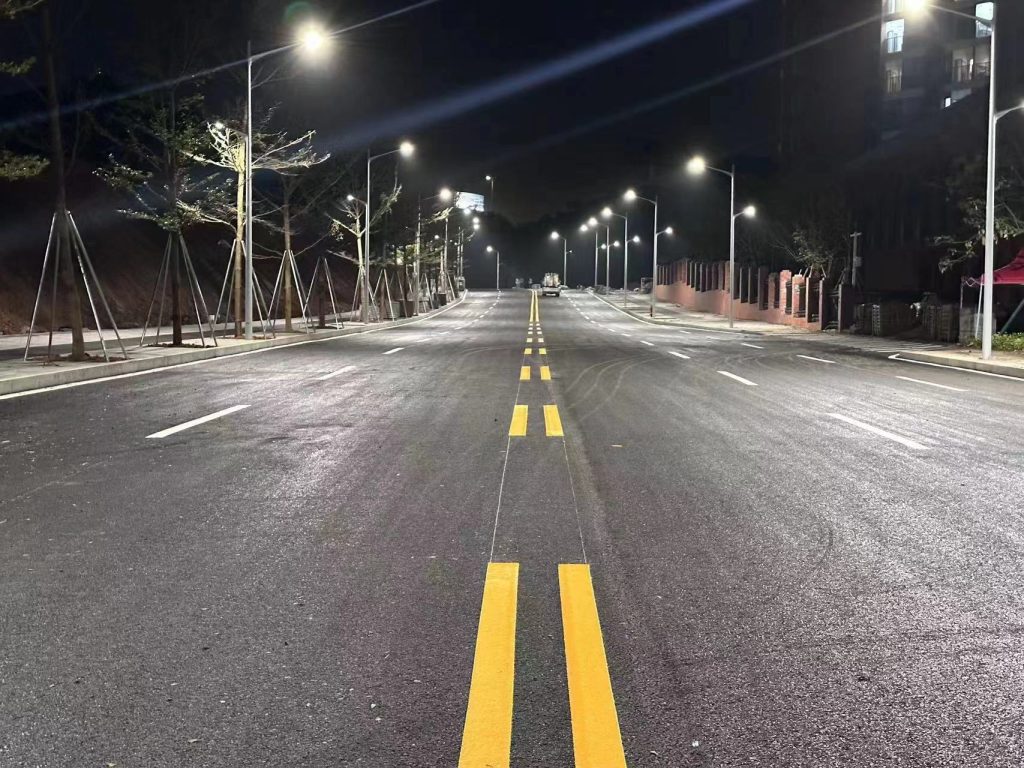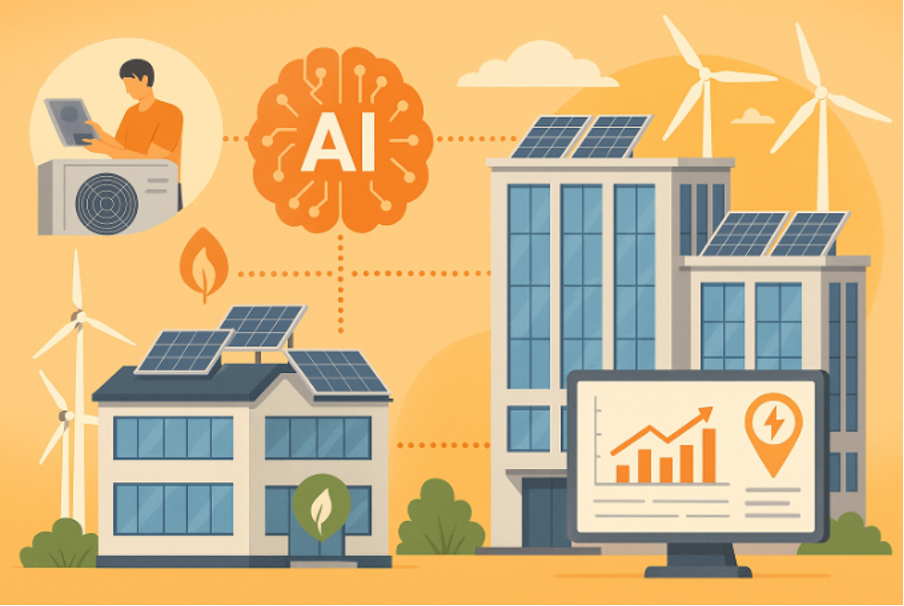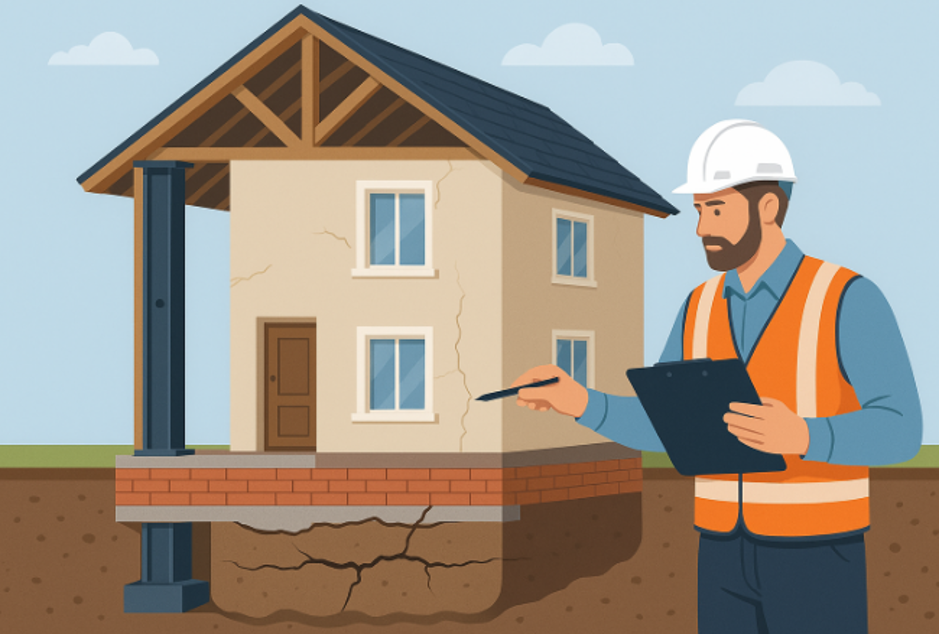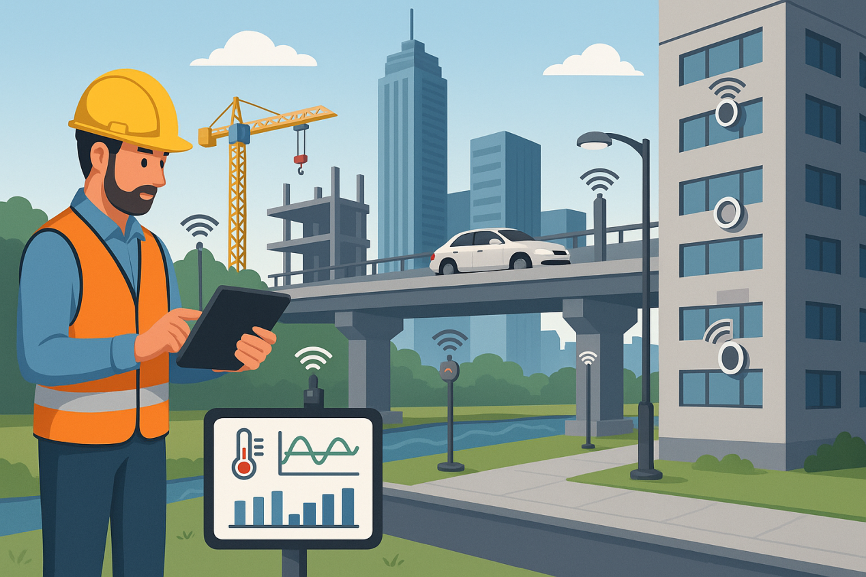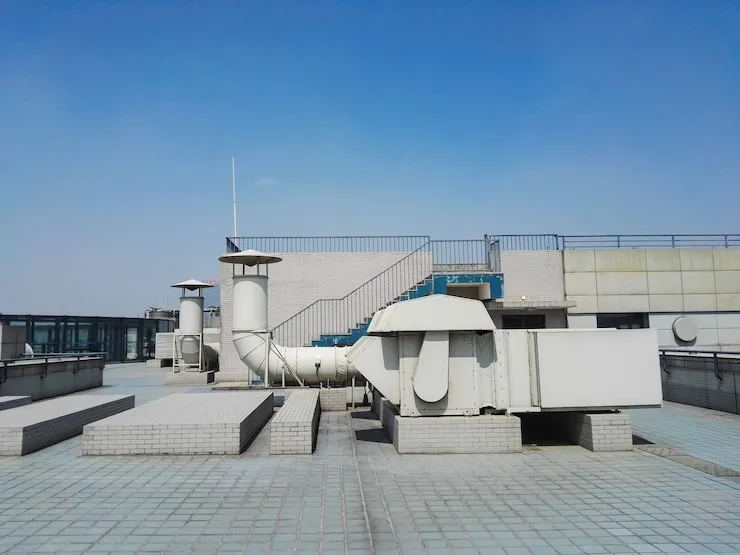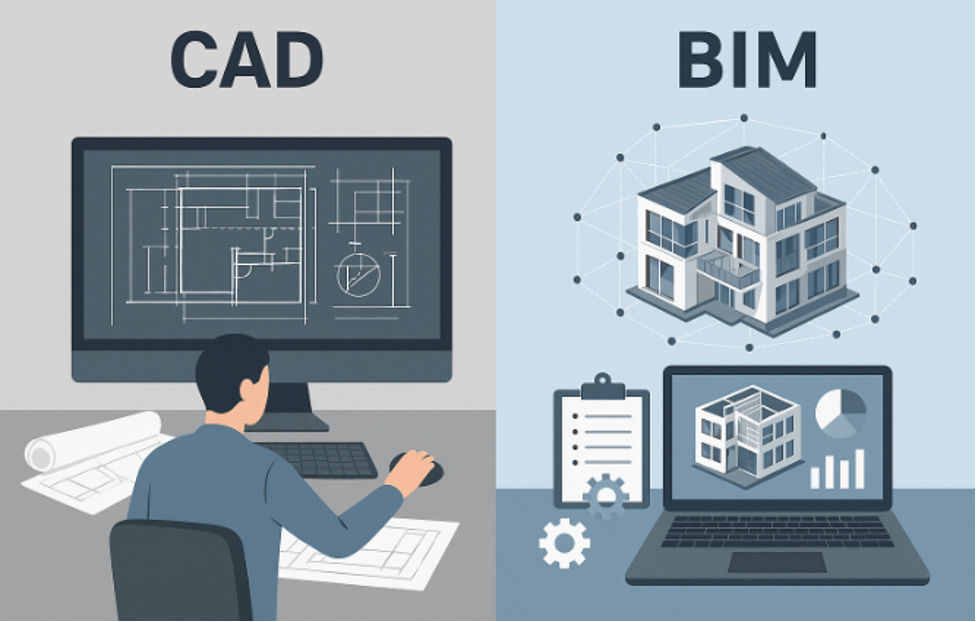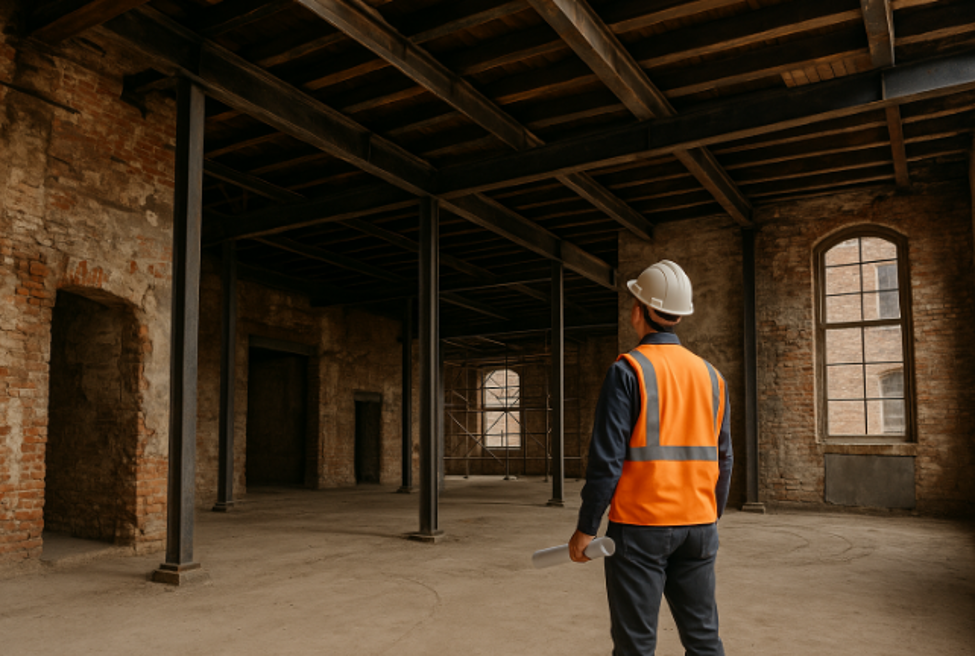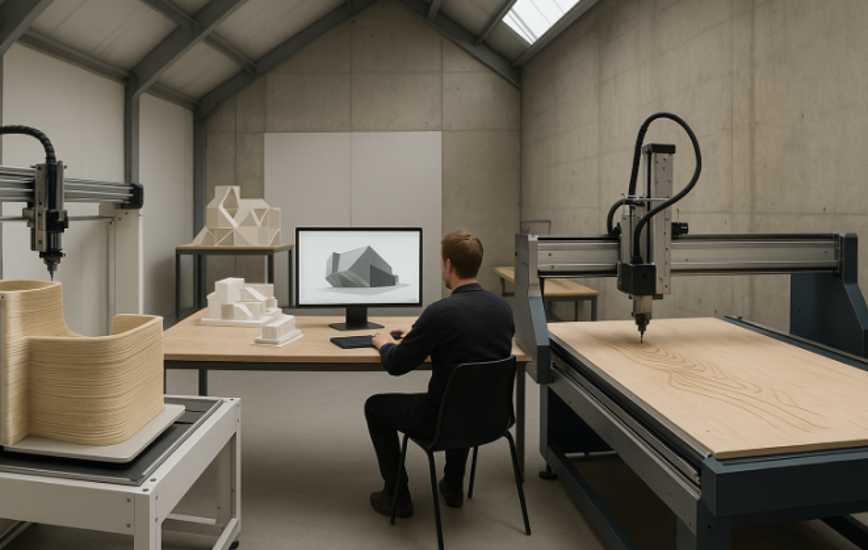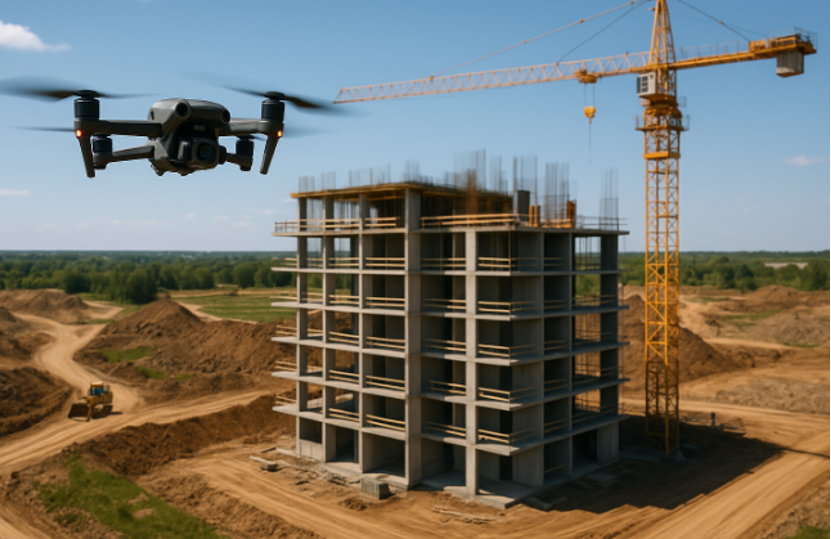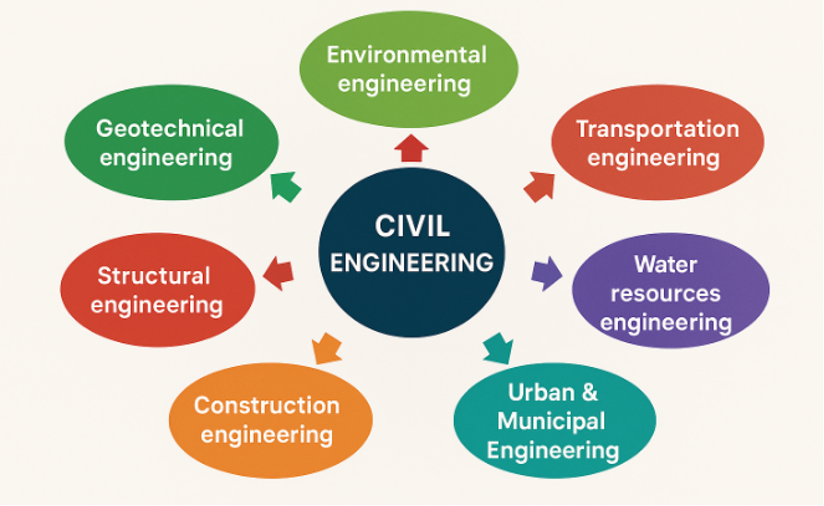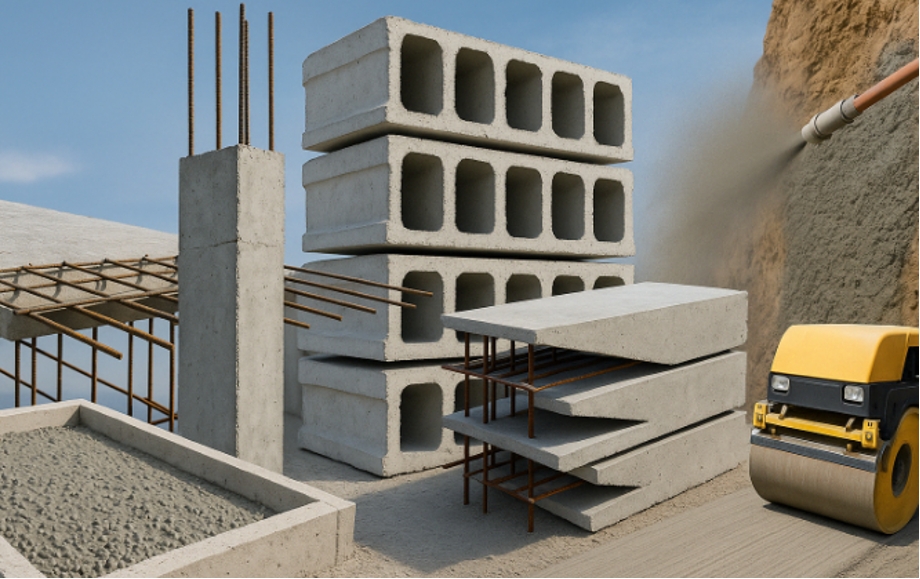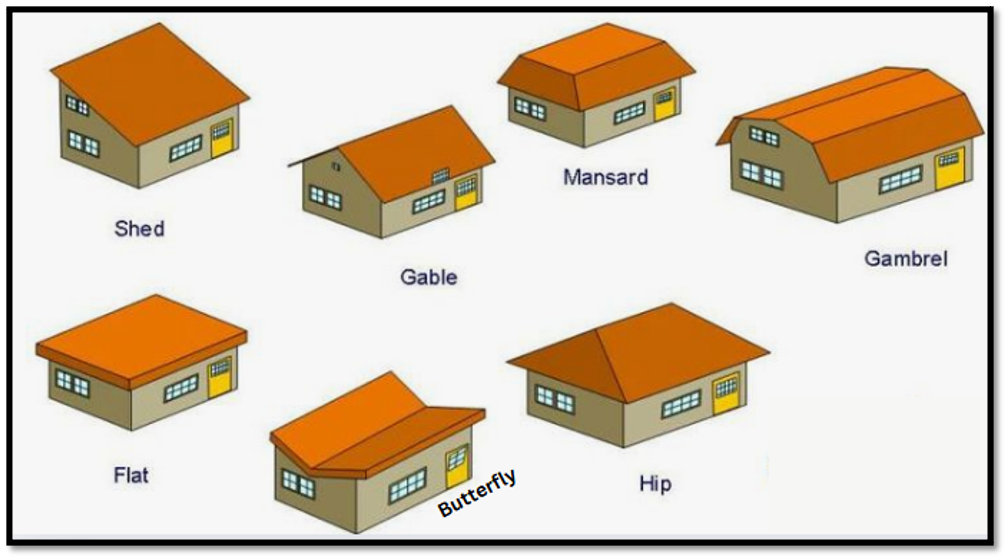Empowering Rural Areas: Virtual Engineers and Architects
The digital transformation in engineering and architecture is empowering rural communities by providing them with resources that were once limited to urban areas. This shift is not merely about overcoming geographic limitations; it’s about redefining what is possible in terms of design, construction, and community development. Virtual services are providing rural areas with the tools needed to build resilient infrastructures, create aesthetically pleasing environments, and incorporate modern conveniences, all while respecting local cultures and traditions. The integration of virtual engineering and architecture into rural development is fostering a new era of growth and sustainability that promises to enhance the quality of life for residents. Virtual building design is revolutionizing how rural homes are planned and constructed. Unlike traditional methods that require on-site visits and face-to-face consultations, virtual design services offer flexibility and convenience. Homeowners in remote locations can now collaborate with skilled professionals without the need for long-distance travel. This transformation is not only a matter of convenience but also a significant cost-saving measure, allowing homeowners to invest more in the quality and sustainability of their projects. The ability to access high-quality design services from anywhere in the world is leveling the playing field for rural homeowners. They can now explore a wide array of design possibilities that cater to their specific needs and preferences. Virtual design platforms provide interactive tools that allow homeowners to experiment with layouts, materials, and finishes in a dynamic and engaging way. This level of involvement ensures that the final design is a true reflection of the homeowner’s vision, leading to greater satisfaction and a more personalized living space. Accessibility: Virtual services break geographical barriers, making expert advice accessible to all, regardless of location. This democratization of access means that rural homeowners can benefit from the same level of expertise and innovation as those in urban areas. It also opens up opportunities for collaboration with international experts, bringing fresh perspectives and ideas to local projects. Cost-Effectiveness: By eliminating travel and reducing overheads, virtual services are often more affordable than their traditional counterparts. This affordability extends beyond just the initial design phase, as virtual services can lead to more efficient construction processes and reduced waste. The economic impact of this cost-effectiveness can be significant, allowing rural communities to allocate resources to other critical areas of development. Customization: Online platforms allow homeowners to customize house plans easily, ensuring their unique needs and preferences are met. This customization is not limited to aesthetics but also includes functional aspects such as energy efficiency, space optimization, and accessibility. The ability to tailor every aspect of a home to individual needs and local conditions is a significant advantage of virtual building design. Remote engineering consultations are another boon for rural communities. These services provide expert guidance on structural, mechanical, and electrical engineering matters, all from the comfort of one’s home. The impact of remote consultations extends beyond individual projects, contributing to the overall development and modernization of rural infrastructure. By leveraging technology, rural areas can access the expertise needed to tackle complex engineering challenges, ensuring safety and sustainability. Remote engineering services are transforming how rural communities plan and execute infrastructure projects. Whether it’s a new bridge, water system, or renewable energy installation, remote engineers provide the insights and solutions needed to overcome local challenges. This support is crucial for rural areas looking to modernize their infrastructure and improve the quality of life for residents. The ability to consult with experts from around the world brings a wealth of knowledge and experience to rural projects, fostering innovation and excellence. Online Meetings: Using video conferencing tools, engineers can conduct detailed consultations and discussions with clients. These virtual meetings are not only convenient but also allow for a more inclusive approach to project planning. Stakeholders can participate from various locations, ensuring that all voices are heard and considered in the decision-making process. Digital Plans and Models: Clients receive digital blueprints and models, allowing for easy revisions and modifications. This digital approach enhances collaboration, as changes can be implemented quickly and efficiently. The ability to visualize projects in 3D also helps clients understand the impact of design decisions, leading to more informed choices and better outcomes. Ongoing Support: Remote engineers offer continuous support through email or chat, ensuring that projects proceed smoothly. This ongoing communication is vital for addressing any issues that arise during construction and for making adjustments as needed. The availability of expert guidance at every stage of a project helps to minimize delays and ensure that work is completed to the highest standards. Obtaining permits can be a cumbersome process, especially in rural areas where the necessary offices may be far away. Virtual design and permit services simplify this process by handling everything online. This digital approach not only streamlines the administrative aspects of construction but also enhances transparency and accountability. By facilitating easier access to permits, virtual services are accelerating the pace of rural development and enabling communities to undertake more ambitious projects. The ability to manage the permit process online is a game-changer for rural areas. It reduces the need for time-consuming travel and allows for quicker responses from authorities. This efficiency is particularly beneficial for projects with tight timelines or those that require coordination between multiple agencies. Virtual permit services also provide a comprehensive record of all communications and submissions, which can be invaluable in resolving any disputes or misunderstandings that may arise. Submission of Digital Plans: Virtual services allow for the submission of digital plans to relevant authorities. This capability not only speeds up the approval process but also ensures that plans are reviewed in a consistent and standardized manner. Digital submissions reduce the risk of errors and miscommunications, leading to smoother project execution. Real-Time Updates: Clients receive updates on the status of their permits, minimizing delays and uncertainties. This transparency is crucial for project planning, as it allows stakeholders to anticipate potential delays and adjust timelines accordingly. Real-time updates also facilitate better coordination between different parties involved in a project.…

